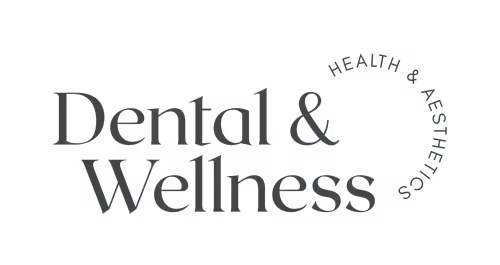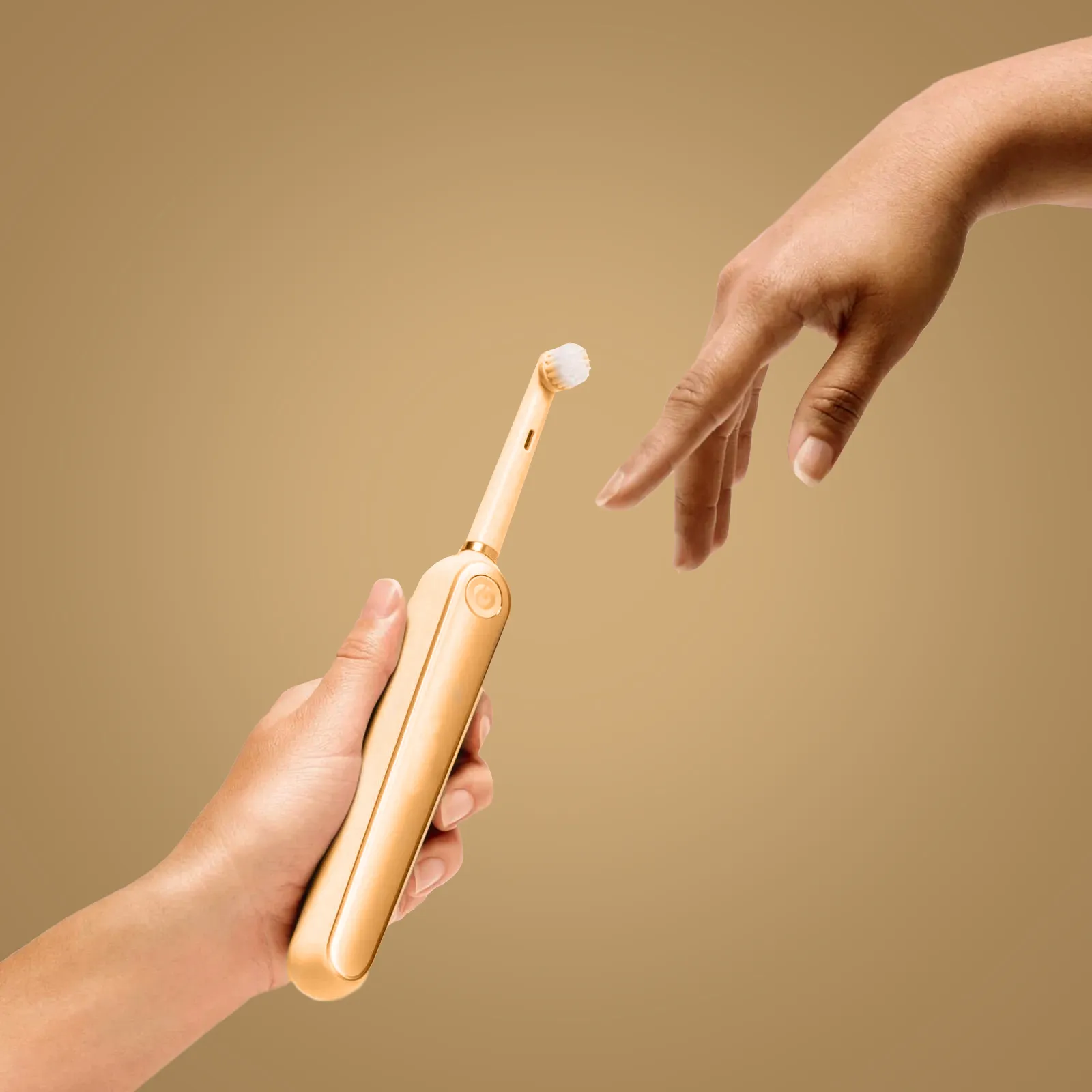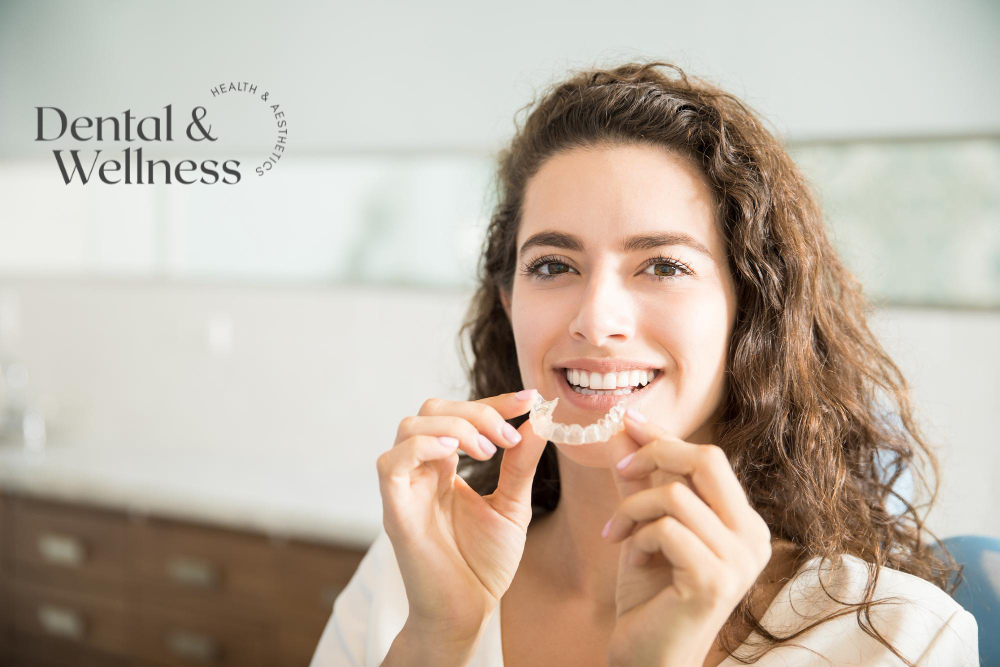TL;DR
- Orthodontic treatments in dentistry help fix dental problems like crooked teeth or correct bite problems
- Two popular options include: Braces and Invisalign
- Invisalign aligners use clear plastic trays to move teeth gently
- Braces are metal or ceramic brackets glued to teeth with wires
- Some key differences between them are:
- Invisalign is clear, while braces are visible
- Invisalign is removable, and braces are fixed to the teeth
- Invisalign is more comfortable; braces can cause some irritation to the gums and cheeks
- Invisalign is used for mild cases, while braces are used for complex dental problems
- Invisalign usually costs more, while braces are less expensive
- Treatment with Invisalign takes less time, while with braces, it can take longer
- Choosing the right option usually depends on the dental needs, the cost, and how much time the patient can give for the treatment.
Invisalign vs Braces: A Simple Guide
People often turn to orthodontic treatment to improve their smile, correct crooked teeth, or fix bite problems. Among the available options, braces and Invisalign are the most common. Both aim to straighten teeth, yet they differ in how they look, how they are worn, and how they fit into everyday life. Understanding these differences is essential before deciding which treatment is right for you.
The choice ultimately depends on factors such as dental needs, age, and lifestyle. While some people prefer the discreet, clear appearance of Invisalign, others trust the tried-and-tested results of braces. This blog will walk you through the main differences between Invisalign vs braces, helping you make an informed decision for your smile.
What are Braces?
Traditional braces have been around for many years. They use metal or ceramic brackets attached to each tooth and are connected with wires and rubber bands. A dentist or orthodontist tightens them over time, which slowly moves the teeth into the right place.
Benefits of braces include:
- They work for almost every type of dental problem, even serious ones
- They are fixed in place, so there is no risk of losing or misplacing them
- They are often more affordable than other treatments
However, braces can sometimes be uncomfortable, and they are visible when you smile. Eating sticky or hard foods is also tricky, since it can damage the wires and brackets.
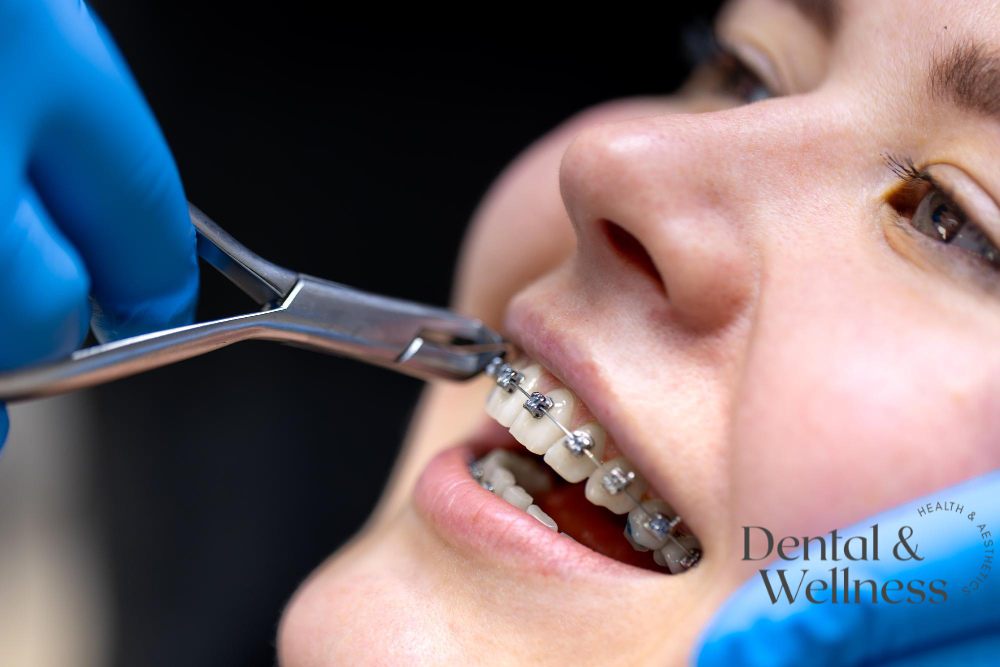
What is Invisalign?
Invisalign is a more modern way to straighten teeth. Instead of metal, Invisalign uses clear plastic trays called aligners. These trays fit smoothly over your teeth and push them into the correct position slowly. You get a new set of aligners every couple of weeks as your teeth shift.
Benefits of Invisalign include:
- They are nearly invisible, so most people won't notice you are wearing them
- You can easily remove them while eating, brushing, and flossing
- They are smooth and do not have wires or brackets that may hurt your cheeks and gums
The only difficulty is that you need to wear them for 20 to 22 hours a day. If you forget to put them back in after meals, your treatment may take longer.
Braces vs Invisalign: The Key Differences
Here are the detailed differences between Invisalign and braces:
Invisalign vs Braces: Comparing the Cost
In London, braces usually cost less than Invisalign. Metal braces can start around £2,000 to £4,000, depending on how long you need them. Invisalign, on the other hand, can cost a little more. Prices often range from £3,000 to £5,000.
Several factors can affect the final cost of treatment, including:
- Complexity of the dental issue
- Duration of the treatment
- Type of braces or Invisalign plan chosen
- Orthodontist’s experience and clinic location
- Follow-up appointments and aftercare needs
Dental Braces vs Invisalign: Which Option is Right for You?
The decision between Invisalign vs braces ultimately depends on your dental needs, lifestyle, and budget. As per our specialists at Dental & Wellness London, here are a few factors to consider before you choose the right option for you:
- If you are concerned about appearance, Invisalign clear aligners are the better option.
- For complex dental issues, traditional braces may be more effective.
- If comfort is your priority, Invisalign’s smooth plastic trays will offer you a better experience.
- If you are worried about the consistency, then traditional braces may be a better fit, since you need to wear aligners for 22 hours a day.
- If cost is a factor, then traditional braces are typically more affordable.
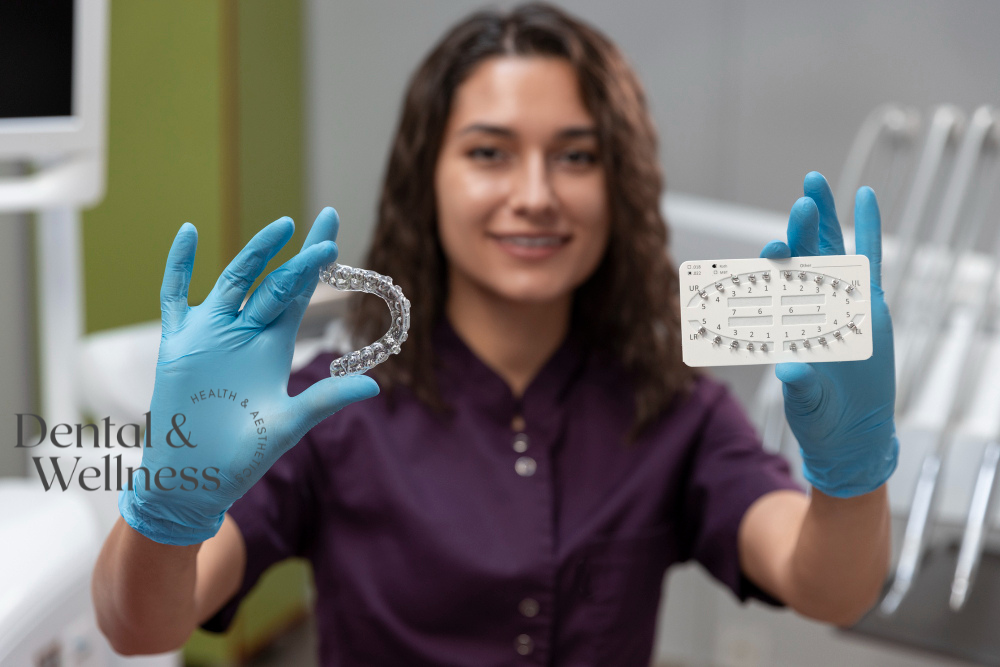
The Bottom Line
Both braces and Invisalign are effective ways to achieve a healthier, straighter smile. Although they work in a similar way to correct dental problems, there are several differences among them in terms of appearance, comfort, cost, and duration.
Braces are metal brackets and wires that slowly move the teeth, while Invisalign uses clear, removable aligners. Choosing the right option between Invisalign vs braces depends on your dental needs, comfort, and lifestyle.
At Dental & Wellness London, we offer both traditional braces and Invisalign in Islington. Our trusted dentist in Islington, London, will carefully assess your teeth and recommend the most suitable treatment plan according to your needs.
If you are looking for a comfortable and effective way to straighten teeth, visit us at 222 Essex Road, London N1 3AP. You can also call us at 020 8127 4567 or email reception@dentalskin.co.uk to book your appointment.
FAQs
How long does Invisalign take vs braces?
Invisalign usually takes about 12 to 18 months to straighten teeth. Braces can take longer, often between 18 and 24 months.
What is the cost of Invisalign vs braces?
In London, braces usually cost between £2,000 and £4,500. Metal braces are cheaper, while ceramic braces can be a bit expensive. Invisalign costs a little more, ranging from about £1,800 to £5,500, depending on the case.
Are there food restrictions with braces vs Invisalign?
Braces require avoiding hard, sticky, or chewy foods to prevent damage. Invisalign aligners are removable, so you can eat normally after taking them out.
Is Invisalign more effective than braces?
Both are effective, but braces handle complex dental issues better, while Invisalign works well for mild to moderate corrections.
How often will I need dental visits for braces or Invisalign?
Braces require monthly adjustments to tighten wires and monitor progress. Invisalign typically requires check-ups every 6 to 8 weeks to receive new aligners and track results.
